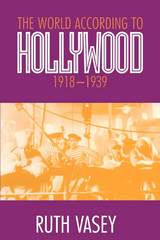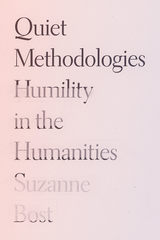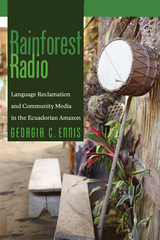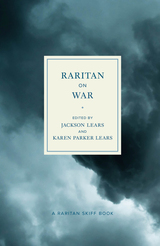3 start with W start with W

“A brilliant history of a weaponized mantra.” —The Guardian
A leading intellectual historian shows how free speech, once viewed as both hazardous and unnatural, was reinvented as an unalloyed good, with enormous consequences for our society today.
Every premodern society, from Sumeria to China to seventeenth–century Europe, knew that bad words could destroy lives, undermine social order, and create political unrest. Given the obvious dangers of outspokenness, regulating speech and print was universally accepted as a necessary and proper activity of government. Only in the early 1700s did this old way begin to break down. In a brief span of time, the freedom to use words as one pleased was reimagined as an ideal to be held and defended in common.
Fara Dabhoiwala explores the surprising paths free speech has taken across the globe since its invention three hundred years ago. Though free speech has become a central democratic principle, its origins and evolution have less to do with the high-minded pursuit of liberty and truth than with the self-interest of the wealthy, the greedy, and the powerful. Free speech, as we know it, is a product of the pursuit of profit, of technological disruption, of racial and imperial hypocrisy, and of the contradictions involved in maintaining openness while suppressing falsehood. For centuries, its shape has everywhere been influenced by international, not just national, events; nowhere has it ever been equally available to women, the colonized, or those stigmatized as racially inferior.
Rejecting platitudes about the First Amendment and its international equivalents, and leaving no ideological position undisturbed, What Is Free Speech? is the unsettling history of an ideal as cherished as it is misunderstood.

Ruth Vasey shows how the Motion Picture Producers and Distributors of America (MPPDA), by implementing such strategies as the industry’s Production Code, ensured that domestic and foreign distribution took place with a minimum of censorship or consumer resistance. Drawing upon MPPDA archives, studio records, trade papers, and the records of the U.S. Department of Commerce, Vasey reveals the ways the MPPDA influenced the representation of sex, violence, religion, foreign and domestic politics, corporate capitalism, ethnic minorities, and the conduct of professional classes.
Vasey is the first scholar to document fully how the demands of the global market frequently dictated film content and created the movies’ homogenized picture of social and racial characteristics, in both urban America and the world beyond. She uncovers telling evidence of scripts and treatments that were abandoned before or during the course of production because of content that might offend foreign markets. Among the fascinating points she discusses is Hollywood’s frequent use of imaginary countries as story locales, resulting from a deliberate business policy of avoiding realistic depictions of actual countries. She argues that foreign governments perceived movies not just as articles of trade, but as potential commercial and political emissaries of the United States. Just as Hollywood had to persuade its domestic audiences that its products were morally sound, its domination of world markets depended on its ability to create a culturally and politically acceptable product.

This book examines the widespread practice of self-publishing by writers in late imperial China, focusing on the relationships between manuscript tradition and print convention, peer patronage and popular fame, and gift exchange and commercial transactions in textual production and circulation.
Combining approaches from various disciplines, such as history of the book, literary criticism, and bibliographical and textual studies, Suyoung Son reconstructs the publishing practices of two seventeenth-century literati-cum-publishers, Zhang Chao in Yangzhou and Wang Zhuo in Hangzhou, and explores the ramifications of these practices on eighteenth-century censorship campaigns in Qing China and Chosŏn Korea. By giving due weight to the writers as active agents in increasing the influence of print, this book underscores the contingent nature of print’s effect and its role in establishing the textual authority that the literati community, commercial book market, and imperial authorities competed to claim in late imperial China.
READERS
Browse our collection.
PUBLISHERS
See BiblioVault's publisher services.
STUDENT SERVICES
Files for college accessibility offices.
UChicago Accessibility Resources
home | accessibility | search | about | contact us
BiblioVault ® 2001 - 2025
The University of Chicago Press









